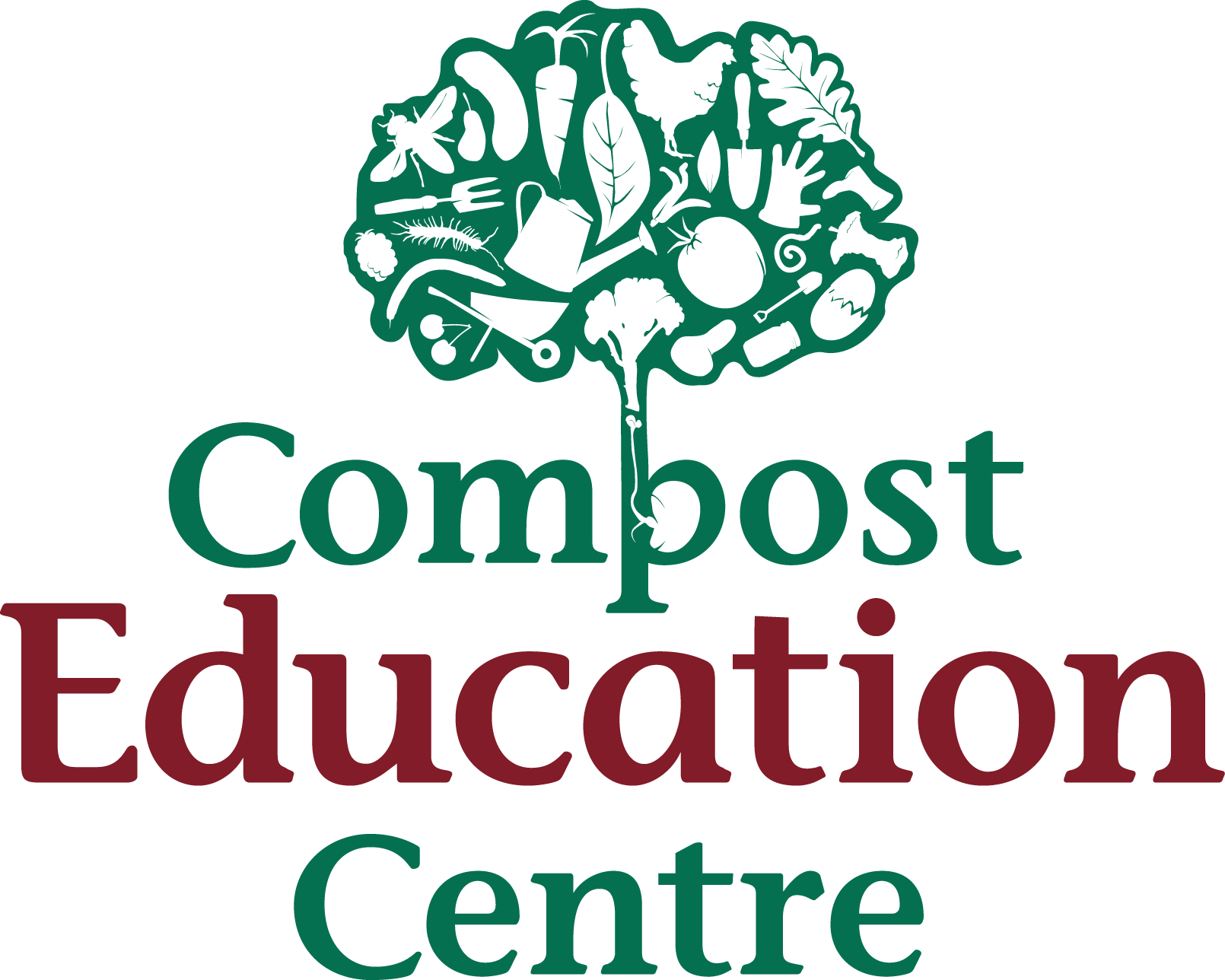New Beneficial Insect Garden!
June 11, 2014
We’ve recently planted a garden to provide food and habitat for pollinators and other beneficial insects here at the Centre. The goal of this garden is to provide forage for these little helpers throughout the growing season. Plant varieties were selected based on flowering time (spring/summer/fall), colour, flower shape, and species they attract.
Scroll on down to check them out and don’t forget to drop by the Centre on June 14th for Pollination Education Day!

Bergamont (Monarda spp.) – Also called “Beebalm”, these plants flower late in the summer and on into fall. Wild Bergamont (Monarda fistulosa) has light purple flowers, whereas its ornamental cultivar (Monarda didyma) come in spectacular reds and pinks. The leaves of this plant are very fragrant and can be used as a tea.

Chamomile (Matricaria chamomilla) – Known for its calming effect on the nervous system, not only is this herb great as a tea, but its flowers also attract a host of beneficial insects. Flowers in the summer; ladybugs are attracted to it.

Wild Columbine (Aquilegia canadensis) – this native species is often seen in woodlands. It flowers earlier than many others and so is wonderful to have in a pollinator garden to extend the forage season. It attracts butterflies, bumblebees and humming birds.

Comfrey (Symphytum spp.) – We can’t get enough of this multi-functional plant at the Compost Education Centre! Comfrey is not only a powerful medicinal, its flowers make the bees go crazy! Flowers in the spring through to early summer.

Lavender (Lavandula angustifolia) – Another medicinal that’s good for us and the good for bees! Any lavender will do, the fragrant purple flowers attract bees, hoverflies and butterflies.

Lungwort (Pulmonaria spp.) – This spotty-leaved, violet-flowered plant was chosen because of its early spring bloom time. Most flowers we are familiar with bloom in the summer, and beneficial insects need food before then. Lungwort flowers in early spring and provides food for bees.

Sweet Cicely (Myrrhis odorata) – We were lucky to have this gorgeous, useful flower volunteer in our pollinator garden! Sweet Cicely flowers are a perfect example of the “umbel” shape that is so critical for many beneficial insects. This shape provides a landing pad and easy access to lots of nectar inside each of the tiny individual flowers. Not only this, but Sweet Cicely’s anise-flavoured seeds and leaves can be used as an alternative sweetner, as a tea or just to snack on. Please make sure you have a positive ID for this plant if you come across something that looks similar in the wild, there are poisonous look alikes!

Tansy (Tanacetum vulgare) – Tansy’s flowers are also easy to land upon and their brilliant yellow is beautiful in the garden. Tansy flwoers in the summer and attracts lacewings.

Yarrow (Achillea millefolium) – Once again, we see the umbel flower shape here. Yarrow flowers in the summer and attracts ladybugs, hoverflies and parasitic mini-wasps who will munch on damaging caterpillars. Yarrow leaves and flowers can also be used as a tea to ease menstrual cramps and ease digestion.
Posted in Blog, FeaturedLeave a Comment on New Beneficial Insect Garden!
